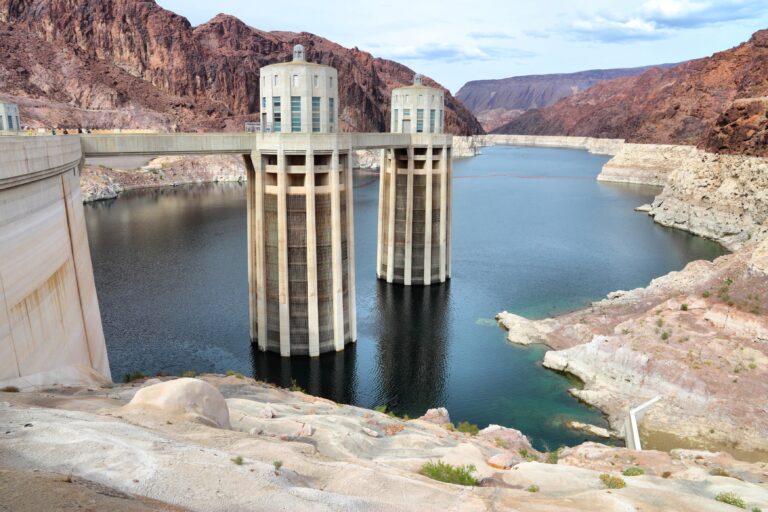Water is one of the most critical needs to both make and grow food and to make food safely in a production facility. But this resource is one that we need to take a close look at how to minimize waste and maximize reuse – safely.
With water levels at Lake Mead, which is situated on the Nevada-Arizona border, having dropped to an all-time low of 28% of capacity, federal officials told Congress that a 2- to 4-million-acre feet of reduction in water use is needed by 2023 to keep the reservoir functioning and capable of delivering drinking water, irrigation and power to millions of people. In Europe, northern Italy is suffering its worst drought in 70 years with the water levels of the country’s largest river eight times lower than usual; cities are prohibiting daytime watering of vegetable gardens, allowing drinking water only for domestic use and personal hygiene, and even banning hairdressers from washing customers hair twice. In South Africa, residents are counting down the days to “Day Zero” — the day all taps run dry, when no meaningful amount of water can be extracted.
Although 70% of the earth is covered with water, only 3% of that is fresh water, only 33% of fresh water is usable, and 70% of usable fresh water is used for agriculture. Given the continuing loss of available water due to both climate change and consumption, it makes sense for food producers, particularly those in agriculture, to consider and implement water reuse. It was that very topic that was the basis of a symposium at IAFP Europe in May.
With a focus on the food safety and quality aspects of water use and reuse in the context of fresh produce value chains, the presenters discussed the decisions that need to be made to better ensure the safety of recycled or reclaimed water (including grey water, produced water, return flows, and recycled wastewater).
A primary consideration from the World Health Organization is that the water be potable, such that it does not present any significant risk over a lifetime of consumption and through all life stages. It also is critical that the water be fit for purpose. The US Environmental Protection Agency defines this as “the treatment requirements to bring water from a particular source to the quality needed, to ensure public health, environmental protection, or specific user needs.” An example of this would be that at each successive step from the growing stage, the quality of the water must increase, e.g., final rinse water must be of better quality than initial rinse, so that the irrigation water does not contribute to health risks. Thus, a first step in determining the potential risk of water to be reused is knowing the source of the water and what the end application will be.
Conducting a quantitative microbial risk assessment of the water can enable decisions to be made on treatment needed for its safety and quality. Typically, water to be reused will have a high biochemical oxygen demand (BOD), representing the amount of biodegradable organic matter, solids and minerals present. This dictates the type and level of treatment needed.
The Joint FAO/WHO Expert Meetings on Microbiological Risk Assessment (JEMRA) has developed draft guidelines for risk assessments focused on water reuse in food production and for fruits and vegetables, and is working to develop further guidelines as well. Additionally, HACCP principles can be used, but there are limitations, so HACCP is typically applied as one part of a broader management framework, in a “water safety plan” approach. Because water provision in a production process often needs to be continuous, it can be difficult to apply monitoring and corrective action procedures. Additionally the prescriptive, risk-based regulatory requirements of the U.S. do not always allow for flexibility in achieving the required quality and safety. But HACCP approaches can be useful in many cases.
In summary, agricultural water reuse is becoming more and more essential as the earth’s fresh water sources are depleted. However, it is essential that care be taken to ensure that the reused water meet all quality and safety regulations and not pose a risk to consumers of the final product – be it fresh produce or a processed food.
Water use is just one example of where the food industry and those that regulate the food industry must continue to tread a careful path in order to avoid waste. This is not dissimilar to another important topic that will be the subject of a future newsletter about the philosophy of why we throw away so much food during recalls that could be salvaged and consumed safely.






